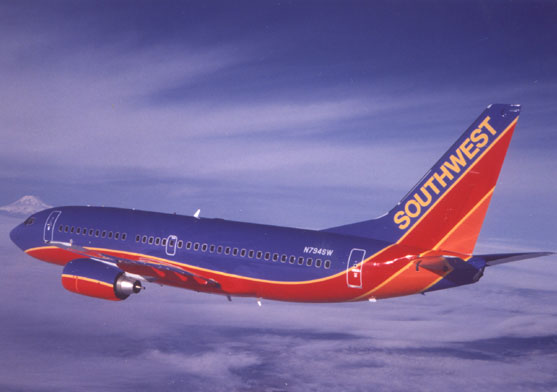
First off, what am I talking about when I say “green” landings? Well, how about energy-efficient landings? Does that do anything for you?
Aiming to cut greenhouse emission, save money and reduce delays, Southwest Airlines has begun to implement GPS based RNP, or required navigation performance, which is fundamentally similar to the older RNAV, or area navigation, but different. Different because the requirements monitoring their flight patterns are more accurate. What this means is more direct routing and specially designed landing patterns using GPS. You’d think that would have been standard years ago.
Right now, SWA is placing these procedures at 11 airports and plan to save $11 million a year from operations at just those 11 airports. Later, they will bring it to all SWA airports and expect to save over $60 million a year.
If you fly into Amarillo, Birmingham, Boise, Corpus Christi, Chicago Midway, Los Angeles, Oakland, Oklahoma City, Raleigh-Durham, San Jose and West Palm Beach your plane routes will be greener by Friday.
The FAA is pretty much requiring this method going forward with an initiative called NextGen. It’s going to require a shift from ground-based air traffic control to GPS-based. Again, I thought that in 2011, this would be going on.
But, no matter what way you look at it, by 2018, it’s going to save money ($22 billion), jet fuel (1.4 billion gallons) and the planet (14 million tons of carbon). Well..not save the planet, just help it die slower. As far as efficiency, the practice will reduce flight delays by 21%, which is actually quite a bit.
SWA operate over 3,100 flights a day; so training its more than 5,900 pilots and modifying its aircrafts must be expensive. Perhaps that’s the reason that, in 2011, GPS will finally be at home in air traffic control.